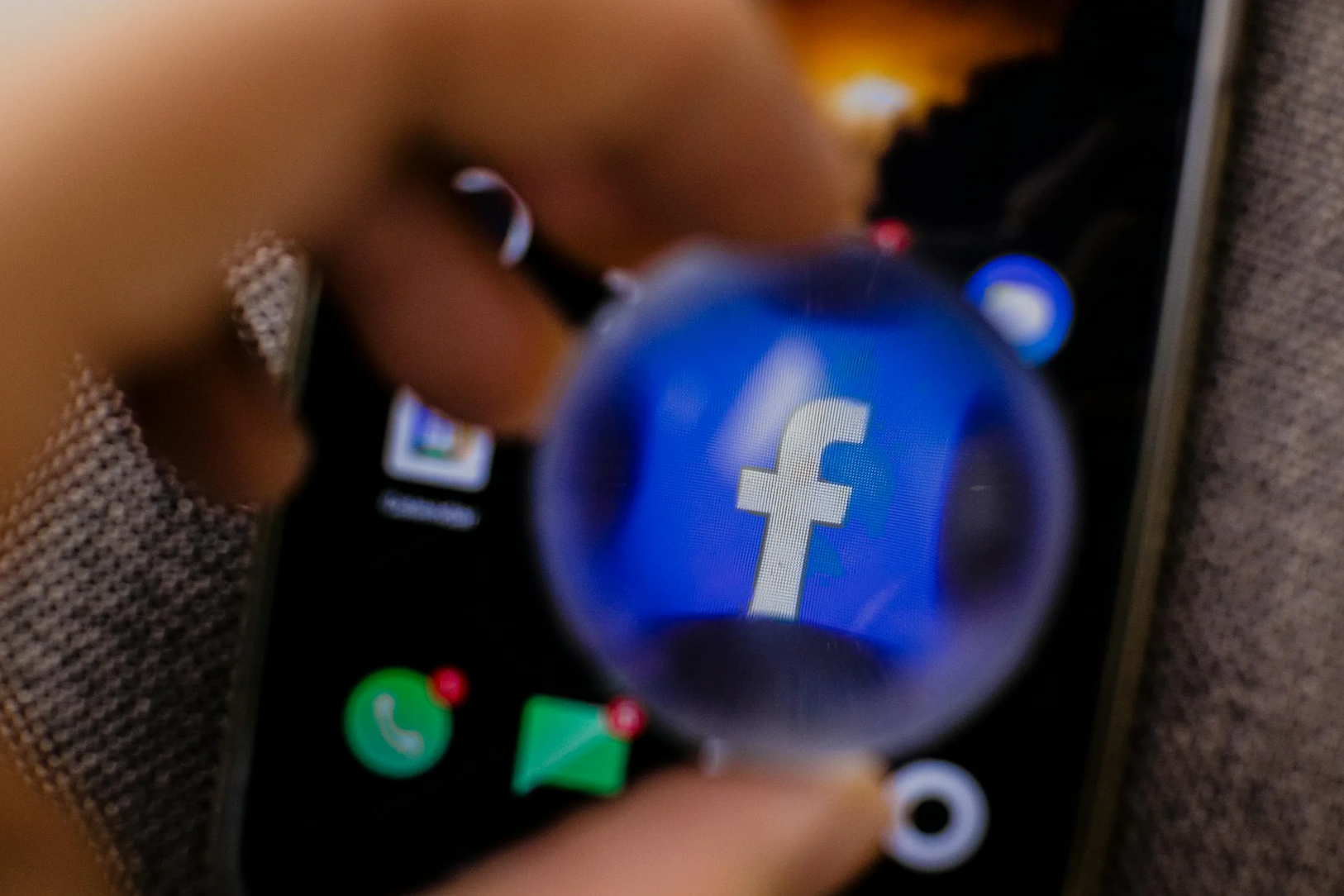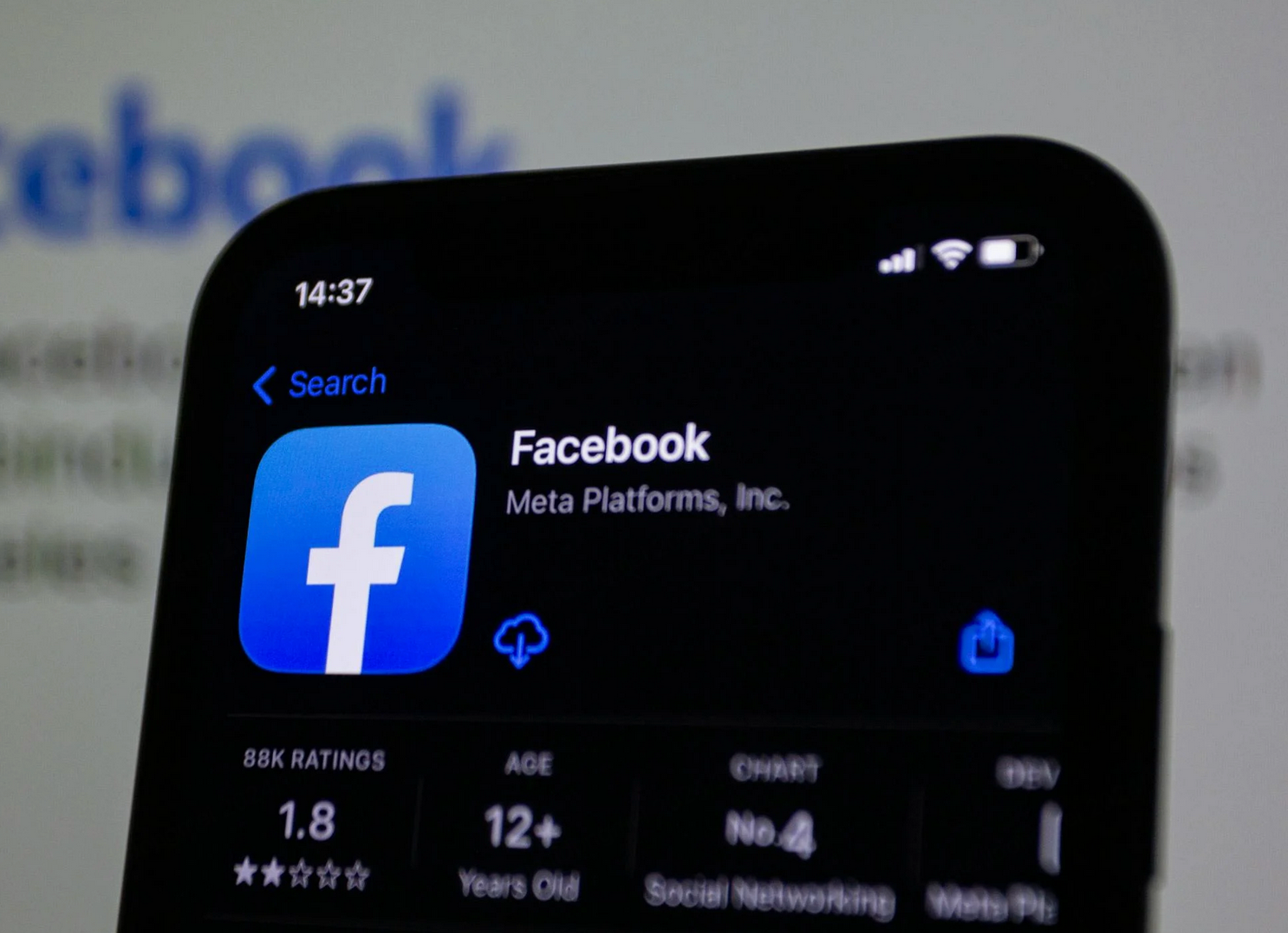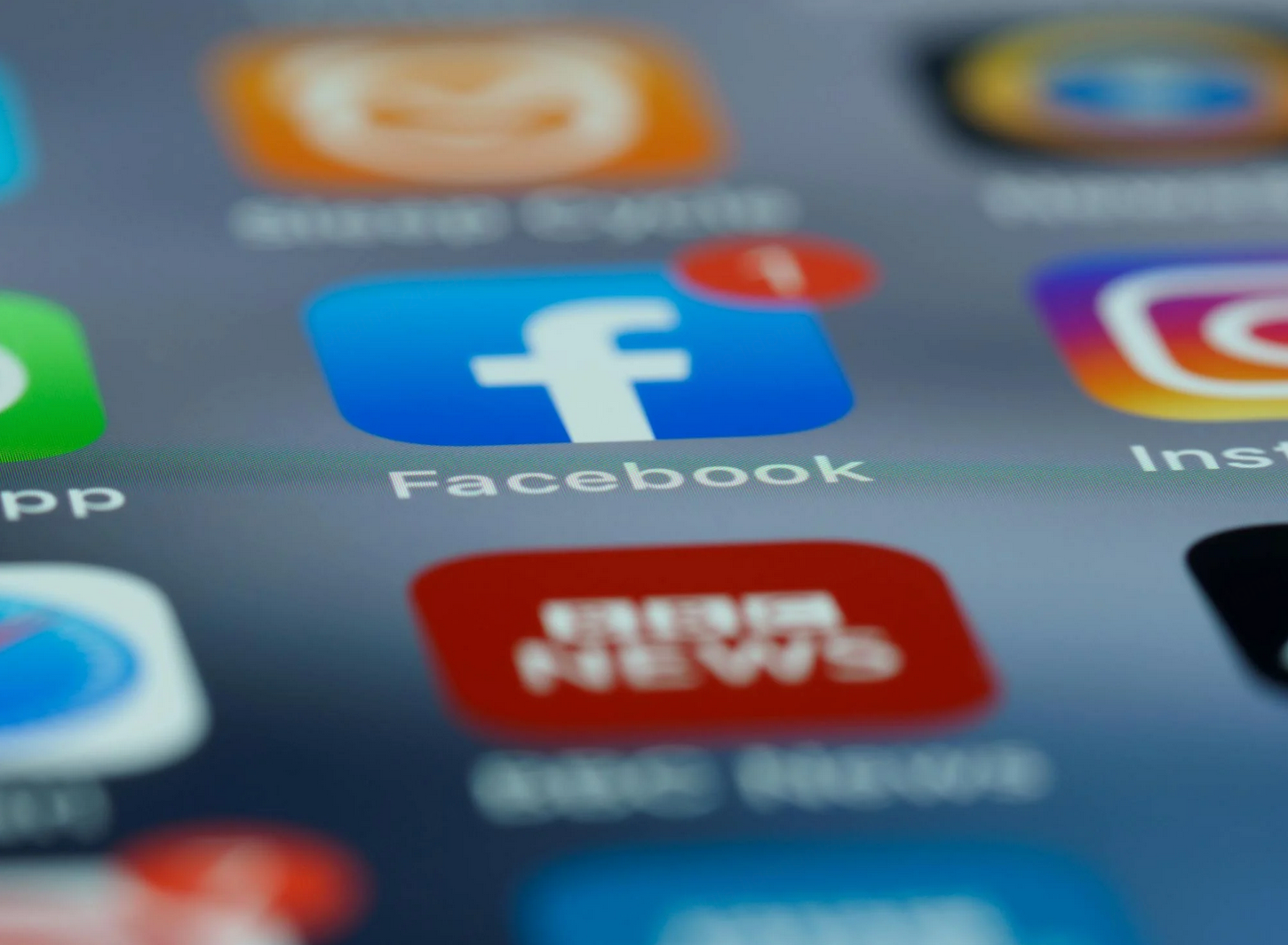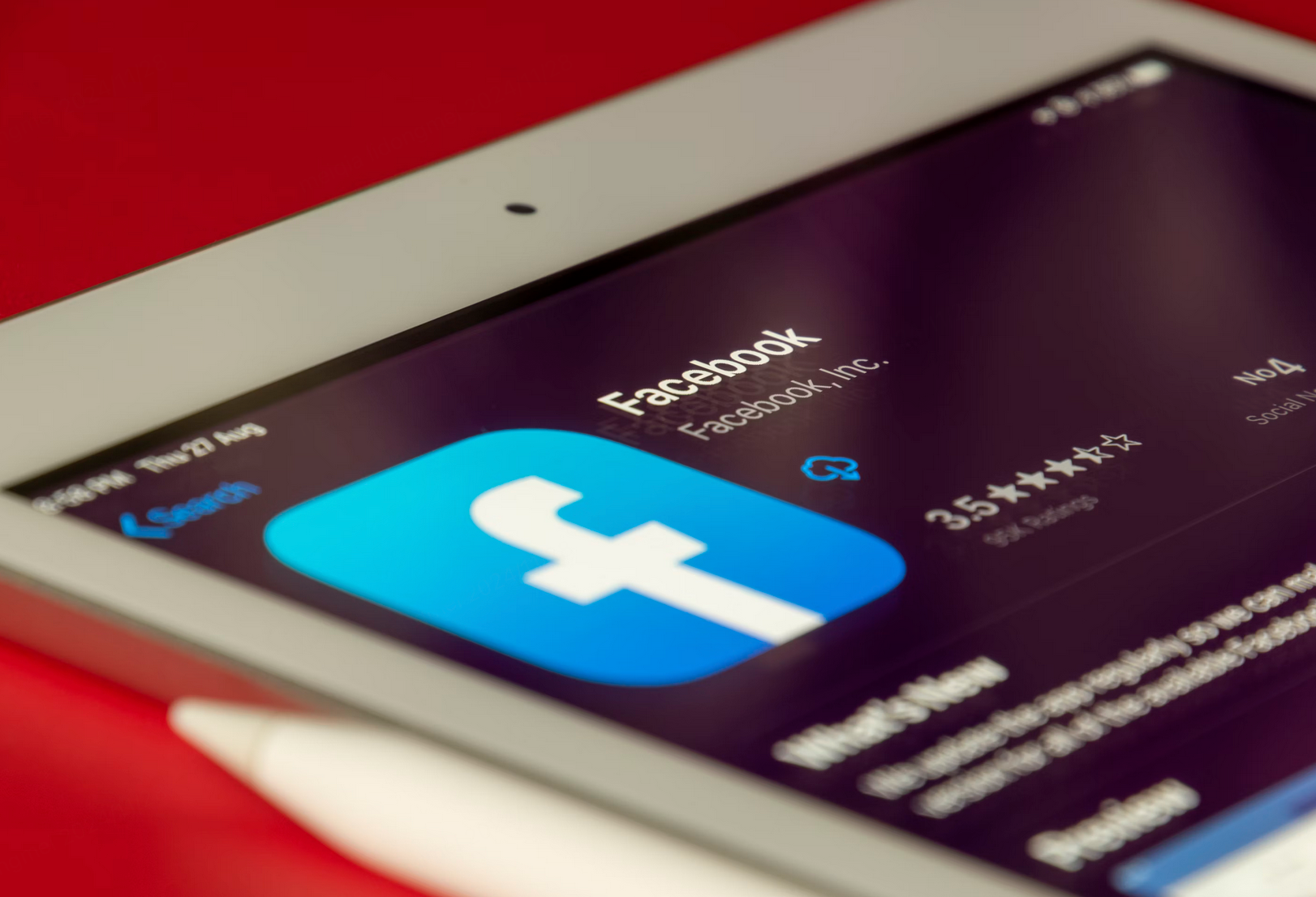Author of this article:Miya, Search engine optimization expert
Facebook doesn't need to be introduced, it is a social media giant that keeps other platforms vigilant.
In February 2024, as the globalThe most popular social media platform, Facebook ushered in its 20th birthday. Despite the continuous emergence of new platforms, Facebook still ranks first in terms of the number of users. As of January 2024, Facebook'sMonthly active users(MAU) More than 3 billion。
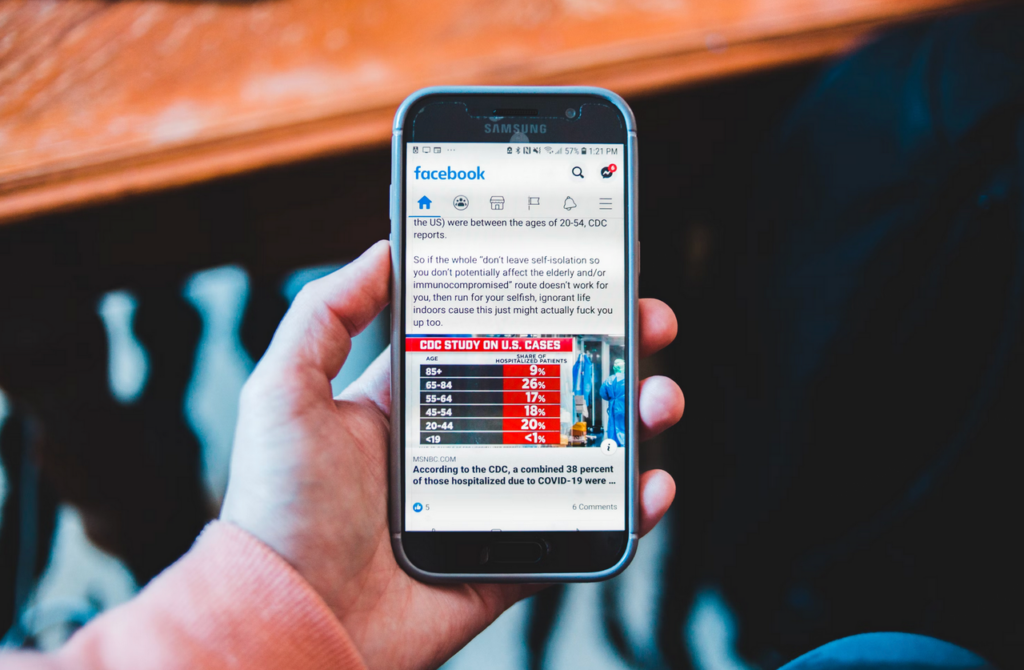
- 什么是Facebook群发?
- Facebook群发功能的应用范围
- Mass distribution on Facebook Messenger: Efficiently reach potential customers
- How to send a group message in a Facebook group?
- How to use Facebook mass distribution tools to improve the efficiency of social media marketing?
- How to formulate a Facebook mass distribution strategy: Improve Interaction and conversion
- 总结:高效使用Facebook群发提升品牌影响力
什么是Facebook群发?
Facebook Mass distribution refers to the function of sending the same message to multiple users at the same time through the Facebook platform. This method can help enterprises spread information quickly and effectively, greatly improving the coverage of the brand and the efficiency of information dissemination. Compared with the single-post method of sending messages one by one, mass sending not only saves time, but also reaches a large number of target customers in a short period of time.
The difference between mass sending and single sending
The main difference between mass distribution and single distribution lies in the difference in reach efficiency and information personalization.Mass distributionIt allows companies to send the same message to a large number of users at once, which is suitable for scenarios where new product launches, promotional activities, or important announcements need to be widely disseminated.Single shotPay more attention to personalized communication, and companies can send customized information one by one based on user interests and behavioral data to improve interaction rates and customer loyalty.
When enterprises combine strategies between mass distribution and single distribution, they can achieve the effect of not only increasing brand exposure but also ensuring deep interaction with key customers. Mass distribution is used for widespread dissemination, while single distribution focuses on in-depth communication with specific users.
Different application scenarios for Facebook mass distribution
The application scenarios for mass distribution on Facebook are very wide, not only can it be used throughPrivate messageCommunicate directly with customers, you can also passpostorGroup interactionCarry out a wide range of marketing activities in the form of. For example:
- Mass private messages:Companies can use Facebook Messenger Send personalized messages to multiple users at the same time. This method is very suitable for product recommendations, order confirmations or customer service reminders.
- Mass posts:By publishing the same content on multiple pages or groups at the same time, companies can quickly promote new products or activities and attract more users to participate in discussions or interactions.
- Group interaction:By sending mass messages to members of specific groups, companies can accurately reach interested user groups and increase the relevance of marketing messages.
Mixdesk
AI Agent
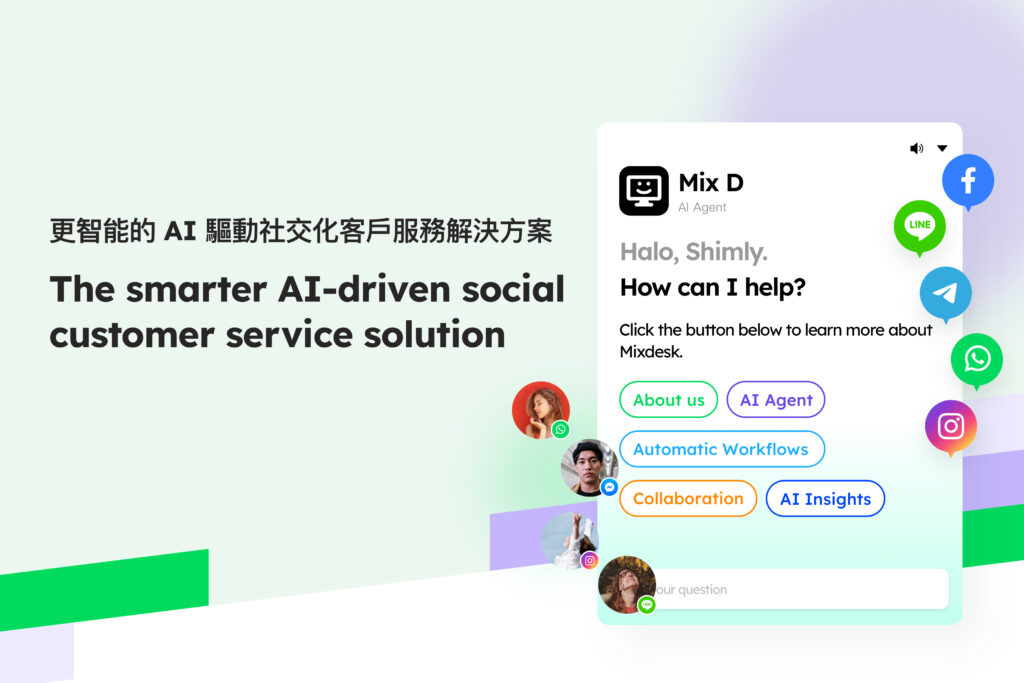
Facebook群发功能的应用范围
The Facebook mass sending function is not limited to sending private messages, but can also be used for pushing messages to groups, personal pages, and business pages. These different forms of mass distribution provide companies with a variety of ways of reaching out to meet different marketing needs.
Push messages to individuals, groups, and Facebook business pages
Companies can pass Facebook Messenger Send private messages to users, or push messages to specific interest groups through the group function. In addition, Facebook's business page is also an important mass posting scenario. Companies can use the mass posting function of business pages to simultaneously push product releases, event information and other content to multiple pages and groups to maximize the spread of information. Scope.
The best usage scenarios for different mass distribution methods
Different mass distribution methods are suitable for different marketing activities, such as:
- New product release, Companies can quickly inform potential customers through group posts or private messages, thereby improvingExposure rateandBuying interest。
- Event promotion,It is suitable for large-scale dissemination through groups or business pages to attract more target users to participate.
- Promotional information, Companies can make personalized recommendations through mass private messages, combined with limited-time offers or promotional activities to improveConversion rate。
Mass distribution on Facebook Messenger: Efficiently reach potential customers
As one of the most popular instant messaging applications in the world, Facebook Messenger has become an important tool for brand marketing. Through mass messaging on Messenger, companies can not only quickly establish contact with customers on a global scale, but also improve marketing efficiency and achieve higher conversion rates.
So, how to passFacebook MessengerConduct efficient mass distribution to promote business growth?
Specific steps for sending private messages in bulk on Facebook Messenger
Although automated mass messaging can greatly improve marketing efficiency through AI and smart tools, sometimes manual mass private messaging is still an effective way for companies or marketers to establish direct contact with customers. By manually sending private messages in bulk, you can have a more personalized interaction with your customers without relying on tools. The following are the specific steps for manually sending private messages on Facebook Messenger in bulk:
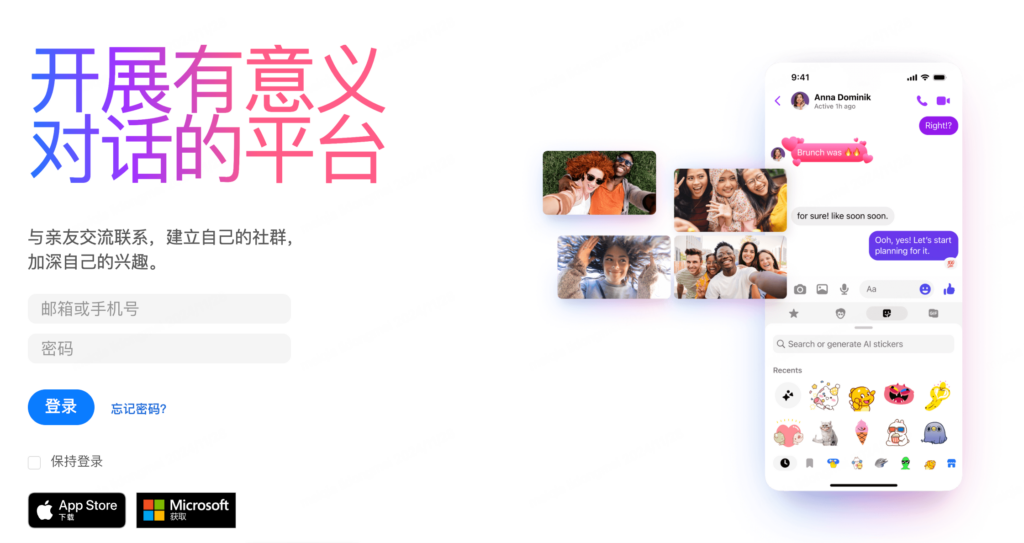
- Prerequisites for using Facebook Messenger for mass distribution
To directly use Facebook Messenger for mass messaging, companies need to meet the following requirements:
- Facebook Business account: First you need to have a Facebook business account and create a public homepage on Facebook.
- Facebook Messenger API: When using the mass distribution function, it usually needs to be implemented through the Messenger API provided by Facebook. Companies need to register and obtain Facebook developer account。
- User authorization: According to Facebook's policy, messages can only be sent after users actively send messages to the brand's Facebook page or interact with the brand in certain ways. This is to prevent the spread of spam.
- Message type restrictions: Facebook has strict time limits for mass messaging. Under normal circumstances, companies can send marketing messages within 24 hours after users interact with the page. After 24 hours, unless a tag message (used to send a non-marketing message) is used, the user's re-interaction is required before the message can be continued.
-
Mass distribution on Facebook Messenger: Efficiently reach potential customers
By sending mass messages through Messenger, enterprises can not only quickly establish connections with customers worldwide but also enhance marketing efficiency and achieve higher conversion rates.
How to send a group message in a Facebook group?
In today's social media marketing environment, Facebook has become a powerful platform that can help companies accurately reach their target audience and increase brand exposure. Whether it isB2B enterprise, E-commerce companies, or various service-oriented industries, Facebook provides a very valuable interactive platform for brands. Through effective mass distribution strategies, companies can not only quickly spread information to a large number of potential customers, but also increase interaction and conversion rates.
This section will explain in detail how to send mass messages in Facebook groups, from mass posting steps, using tools to strategies to improve effectiveness, to help you efficiently use this platform to improve business performance.
How does Facebook send mass messages?
On Facebook, there are two main ways to send group messages:Manual mass distributionandAutomated mass distribution。 We will introduce each method step by step to help you choose the most suitable strategy according to your needs.
Manual mass distribution steps
Manual mass distribution is suitable for situations where content needs to be adjusted according to the characteristics of different groups, especially for small-scale or highly personalized marketing activities. Although this method invests a lot of time and energy, it can ensure the relevance and interactivity of information.
Operation steps:
- Log in to Facebook: First log in to your Facebook account and click the “Groups” option on the left.
- Select the target group: In the group list, select a group related to your target audience or product. You can find suitable groups by searching for keywords in related industries or interests.
- Create a new post: After entering the group, enter the content you want to post in the “Create Post” area at the top of the page. You can add text, pictures, videos, and related links to enrich the content of the post.
- Release one by one: After completing the release of a group, return to the group list, select the next target group and repeat the above steps.
-
How to send a group message in a Facebook group?
本文将详细讲解如何在 Facebook小组群发消息,从群发操作步骤、使用工具到提升效果的策略,助你高效利用这一…
How to use Facebook mass distribution tools to improve the efficiency of social media marketing?
Facebook As one of the largest social platforms in the world, it has become an important tool for companies to promote, build brand influence and interact with potential customers. Especially for companies with multiple groups and pages, frequent content publishing and user interaction may become a challenge at work. In order to improve work efficiency and marketing effectiveness, Facebook mass distribution tools came into being.
Through these tools, companies can centrally manage multiple Facebook groups, optimize content publishing, automate marketing processes, and optimize marketing strategies through data analysis.
Basic functions of Facebook mass distribution tool
The Facebook mass distribution tool is a tool specially designed for the publishing, management and optimization of social media content. Through these tools, companies can easily manage content on multiple Facebook groups, pages, and even other social media platforms.
Common mass distribution functions include:
- Regular release: Set a specific time to automatically publish content to ensure that it is published during the user's active time period and increase exposure.
- Multi-platform synchronization: Publish the same or different content to multiple social platforms simultaneously, such as Instagram, Twitter, and LinkedIn, reducing manual operations.
- Data analysis: Monitor the performance of published content, including click-through rate, interaction volume, user comments, etc., to help companies adjust and optimize their marketing strategies.
Application scenarios of Facebook mass distribution tool
The Facebook mass distribution tool is suitable for a variety of scenarios, especially in the following situations.:
- Regular content updates: For companies that need to publish content regularly (such as news updates, social media activities, etc.), mass publishing tools can automate the publishing process to ensure that content is published on time.
- New product release: When a product is released, relevant information needs to be published simultaneously on multiple groups and pages. Mass distribution tools can greatly save time and improve promotion efficiency.
- Event promotion: During events or promotions, companies need to publish news on multiple platforms. Mass distribution tools can quickly spread information and increase event exposure.
- Multi-platform content synchronization: When companies want content posted on Facebook to be synchronized to Instagram, Twitter, or other platforms, mass distribution tools can help achieve this goal and reduce the trouble of manual updates.
-
How to use Facebook mass distribution tools to improve the efficiency of social media marketing?
通过Facebook 群发工具,企业可以集中管理多个 Facebook 群组,优化内容发布、自动化营销流程,并…
How to formulate a Facebook mass distribution strategy: Improve Interaction and conversion
Facebook is one of the largest social platforms in the world, has become an important channel for enterprises to interact with users. Through the Facebook mass distribution function, brands can quickly convey information, increase exposure, and establish a deeper connection with potential customers. However, to truly take advantage of the potential of Facebook mass messaging, simple messaging is not enough. A successful Facebook mass distribution strategy requires careful design, from precise audience targeting, personalized content customization, to choosing the best delivery time and frequency, every detail is critical.
With the increasingly fierce competition, how to effectively improve the effectiveness of Facebook mass distribution has become a question that every marketing team needs to think about. This article will delve into how to formulate an efficient Facebook mass distribution strategy, share practical techniques to improve the effectiveness of mass distribution, and introduce how to use Mixdesk's intelligent tools to further optimize your mass distribution strategy and achieve higher user engagement and conversion rates.
How to formulate a Facebook mass distribution strategy?
Facebook mass distribution is not just a simple messaging, but a well-thought-out, data-based marketing process.
1. Precise audience targeting
When sending mass messages on Facebook, a well-targeted audience is the key to success. Large-scale, non-targeted mass distribution may lead to low interaction rates and even negative feedback. On the contrary, accurate audience targeting can ensure that information can effectively reach interested users.
- Behavior and interest data: Facebook provides a wealth of user behavior and interest data, and using this information can help you push content to the most suitable audience. By analyzing users' past interactions, likes, and comments records, you can determine which users are most likely to be interested in your products or services.
- Geographic location and time zone: According to the needs of different markets, companies should adjust the mass distribution time according to the geographical location and time zone of the target market. For example, for users in different time zones, arranging different mass distribution times can ensure that information is reached when users are most active, and increase exposure and interaction.
2. Personalized content customization
Mass messaging does not mean that everyone receives the same content. Personalization is the key to improving user interaction. Even in large-scale mass distribution, content should be customized for different user groups as much as possible.
- Combine dynamic content: By using dynamic fields, mass messages can be customized based on the user's name, interests, or purchase history. For example, you can automatically insert users' names in promotional messages, or recommend products they have browsed before. This not only increases the user's sense of participation, but also significantly improves the message opening rate and click-through rate.
- Content adaptation: Different audiences may have a stronger response to different content. For example, when promoting products, older users may prefer detailed feature introductions, while younger users prefer fast and intuitive visual effects. By providing customized content to different audiences, companies can maximize the relevance of mass messaging.
-
How to formulate a Facebook mass distribution strategy: Improve Interaction and conversion
As competition intensifies, how to effectively enhance the effectiveness of Facebook mass messaging has become a question that every marketing team needs to consider.
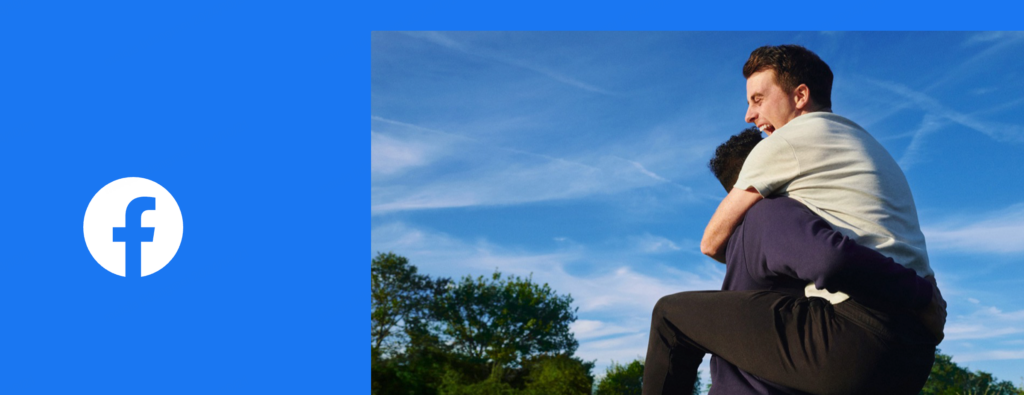
Summary: Efficient use of Facebook mass distributionIncrease brand influence
Facebook's mass distribution function provides companies with an effective way to reach users quickly and on a large scale, but to achieve the best results, precise audience targeting and personalized content customization are required. By combining various forms such as private messaging, group interaction, and mass posting, companies can flexibly use the mass posting function in different scenarios to ensure wide information coverage and relevance. At the same time, optimizing the time and frequency of mass distribution and making rational use of tools to improve efficiency can help companies manage marketing activities more effectively and increase interaction rates.
Continuous effect monitoring and A/B testing are the key to optimizing Facebook's mass distribution strategy. Through data analysis, companies can determine which content and time slots can bring higher conversions, and continuously adjust and optimize strategies accordingly to ensure that each mass distribution can bring maximum brand exposure and user engagement. This step-by-step optimization process will eventually help companies inSocial media platformAchieve greater success.
